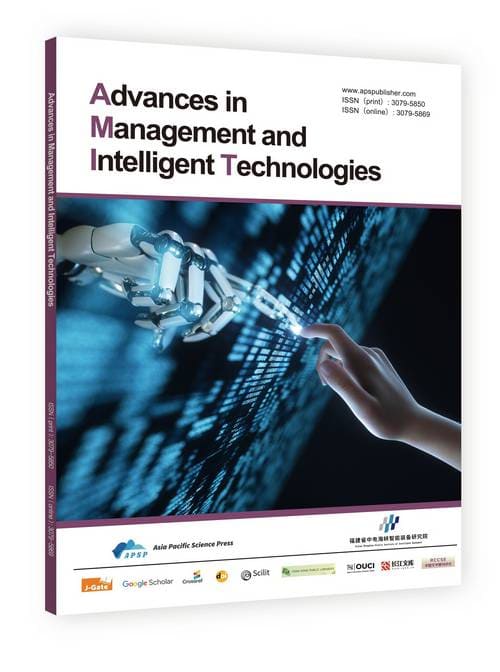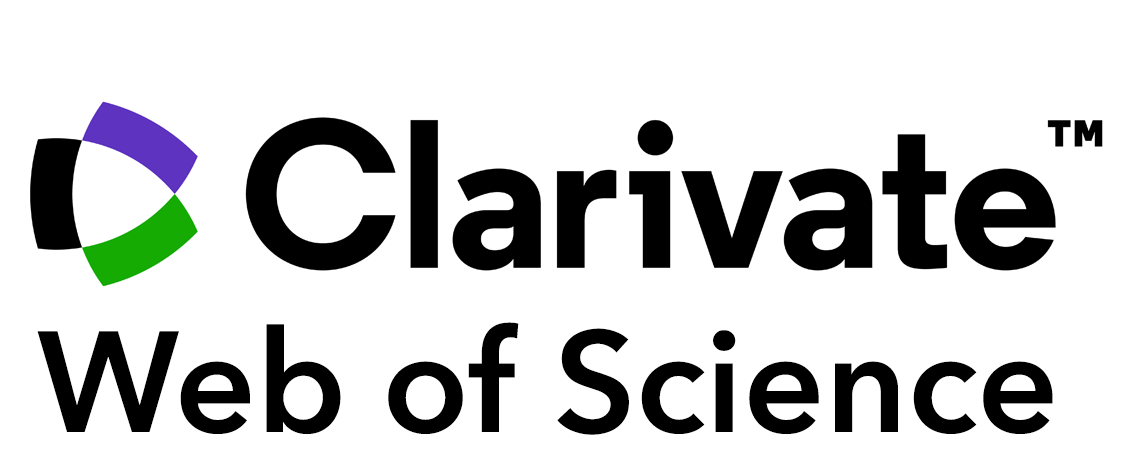Research on the Evaluation Mechanism of Artificial Intelligence-Enabled Education and Teaching Innovation in Colleges and Universities
DOI:
https://doi.org/10.62177/amit.v1i4.549Keywords:
Artificial Intelligence, Teaching and Learning in Higher Education, Innovation Evaluation, Structural Equation ModelingAbstract
The report of the 20th National Congress of the Communist Party of China first positioned ‘educational digitization’ as the core path to building a learning-oriented nation. The ‘China Education Modernization 2035’ plan further clarified that artificial intelligence is the key to achieving the organic integration of large-scale education and personalized cultivation. However, the traditional educational evaluation system suffers from static lag and insufficient adaptability, urgently requiring the reconstruction of evaluation mechanisms through artificial intelligence technology. Therefore, analyzing the role of artificial intelligence in empowering innovative evaluation mechanisms for higher education teaching and learning is of great significance. This article takes university students, teachers, and university administrators as the survey subjects and uses structural equation modeling to explore the innovative evaluation mechanisms of university education and teaching empowered by artificial intelligence. The research findings indicate that AI drives innovation in higher education evaluation mechanisms across six dimensions: learning outcomes, teaching processes, feedback on results, data privacy and security, acceptance, and social empowerment. Therefore, this paper suggests that the application of AI in higher education evaluation can be promoted by accelerating the construction of a national intelligent education evaluation standards system and advancing institutional evaluation innovation mechanisms, and provides relevant recommendations.
Downloads
References
Wu, Y. (2024, July 4). Specialized educational large models will first be launched in 10 disciplines with vertical applications. [EB/OL].
Zheng, Y., Wang, Y., Wu, G., et al. (2023). The realistic prospects and development direction of educational information science and technology research: An analysis and prospect of F0701 funding in 2018–2022. Modern Distance Education Research, 35(1), 10–19.
Zhao, T., & Li, G. (2023). From connotation to high-quality: The evolution and transformation of the development policies of China’s higher education. Journal of Higher Education, (5), 8–18.
Li, Y. (2025). International reference from artificial intelligence-enabled evaluation reform in higher education. e-Education Research, 46(02), 32–40. https://doi.org/10.13811/j.cnki.eer.2025.02.005
Xin, T. (2023). The four key links in deepening the reform of educational evaluation. Journal of China Examinations, (10), 1–8.
Zhang, Y. (2025). AI empowering classroom teaching: Value implications, realistic challenges, and practical paths. Theory and Practice of Education, 45(18), 51–55.
Cui, J., & Ma, Y. (2023). The research progress and future prospect of artificial intelligence education in China. Journal of Higher Education Management, 17(6), 31–39.
Li, Q., Gao, H., & Li, S. (2020). Focus on crossover technology in education and social development: Introduction to Innovating Pedagogy 2020. Journal of Distance Education, 38(2), 17–26.
Zhang, D., & Nie, Z. (2023). Digital transformation of school education: Driving factors and promotion path. Contemporary Education Sciences, (4), 54–62.
Wu, Z. (2025). Motivation, connotation and path for artificial intelligence to empower higher education evaluation reform. Heilongjiang Higher Education Research, 43(02), 133–139. https://doi.org/10.19903/j.cnki.cn23-1074/g.2025.02.010
Xie, S. (2024). The basic direction, key issues, and critical pathways for deepening comprehensive reform in higher education in the new era. China Higher Education, (11), 22–26.
Du, J. (2025). Research on the artificial intelligence literacy education services in American university libraries and its implications. Library and Information Service, 69(14), 135–148. https://doi.org/10.13266/j.issn.0252-3116.2025.14.012
Niu, K., & Gu, Y. (2025). Research on the strategy and layered system design of artificial intelligence talent cultivation in Japanese universities. Studies in Foreign Education, 52(06), 60–75. https://doi.org/10.20250/j.sfe.2025.06.008
Lin, J., & Liu, Y. (2024). Achieving interdisciplinarity via de-departmentalization: Organizational innovation in Singapore University of Technology and Design. Modern University Education, (4), 38–48 + 112.
Bao, X. (2021). Risks and countermeasures to data sharing: Taking online lending platforms for example. Journal of Shanghai University of Political Science and Law (The Rule of Law Forum), (5), 122–136.
Pereira, E., Nsair, S., Pereira, L. R., et al. (2024). Constructive alignment in a graduate-level project management course: An innovative framework using large language models. International Journal of Educational Technology in Higher Education, (21), 1–21.
Li, C., & Xin, L. (2008). Research on methods for evaluating the reliability and validity of survey questionnaires. Chinese Journal of Health Statistics, (05), 541–544.
Fan, Z., & Wang, N. (2021). On the unsafe or reckless behaviors of the seafarer based on the structural equation model (SEM). Journal of Safety and Environment, 21(2), 682–687. https://doi.org/10.13637/j.issn.1009-6094.2019.1387
Downloads
Issue
Section
License
Copyright (c) 2025 Kebiao Yuan, Shengyi Li

This work is licensed under a Creative Commons Attribution-NonCommercial 4.0 International License.
DATE
Accepted: 2025-08-25
Published: 2025-08-27

















